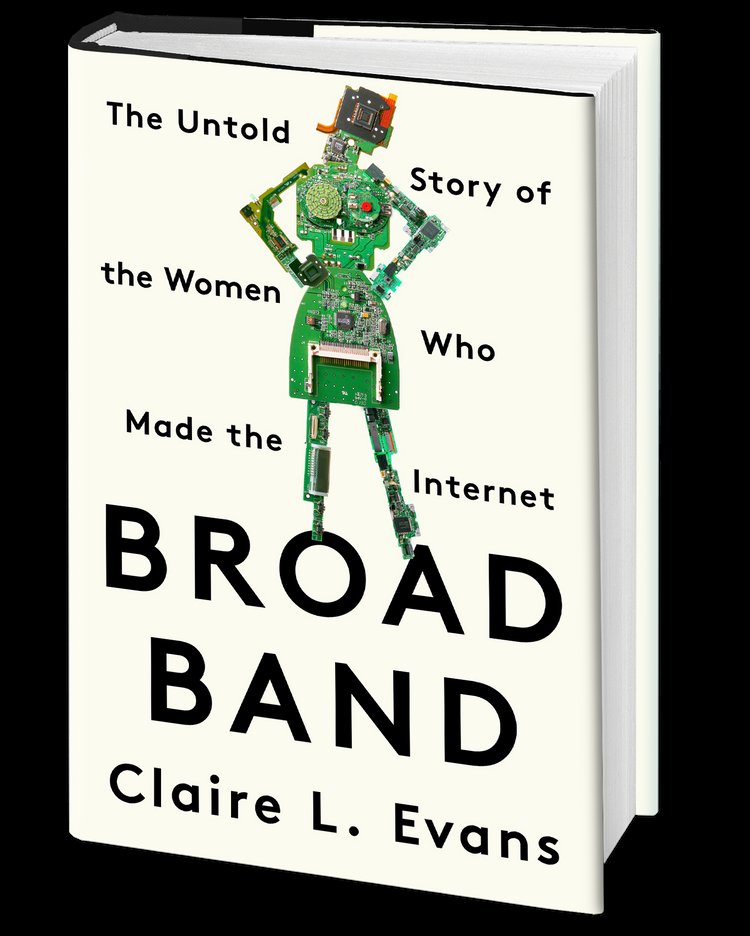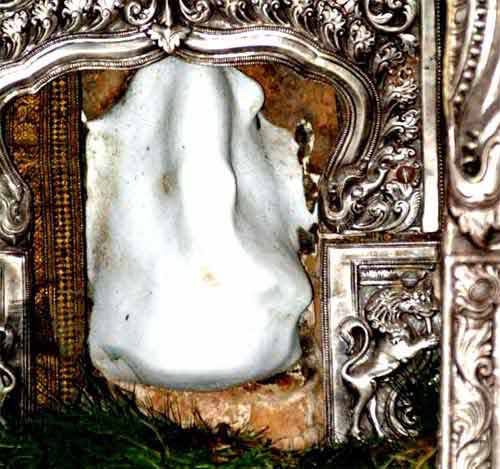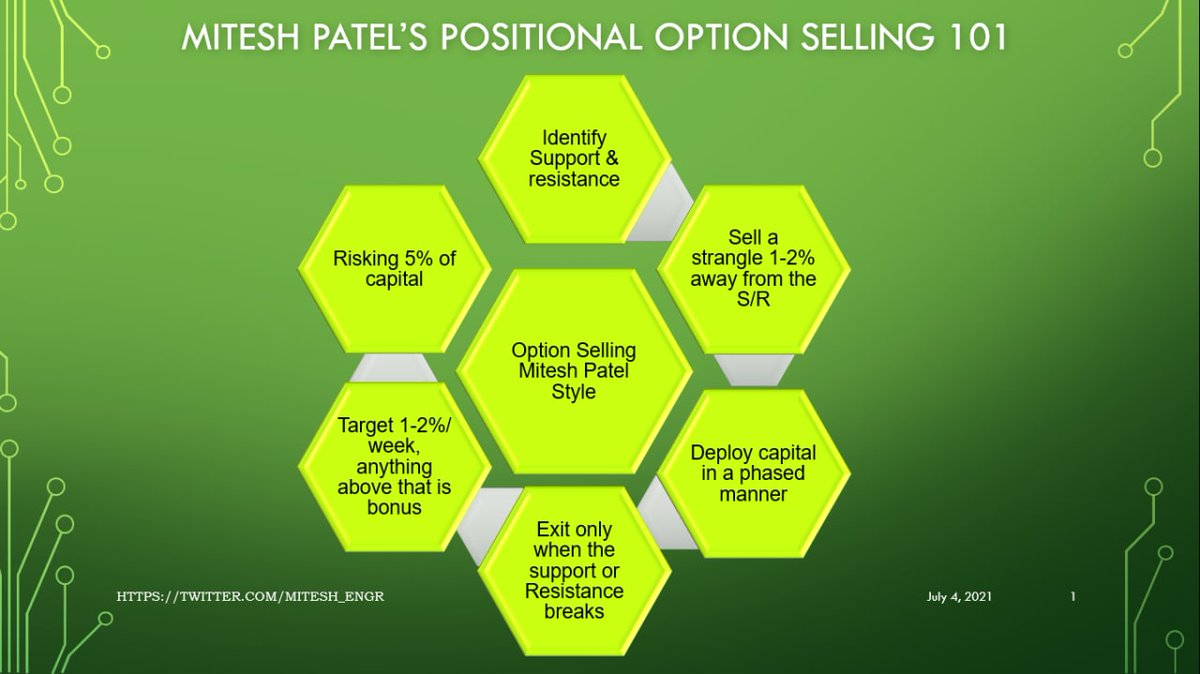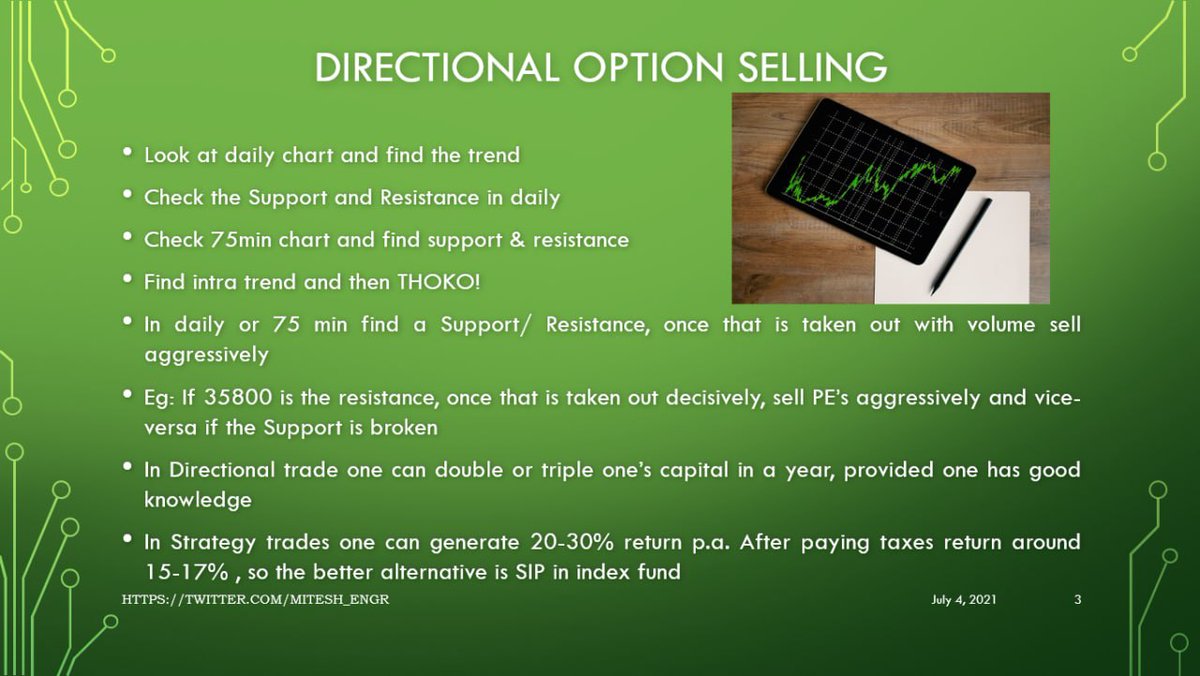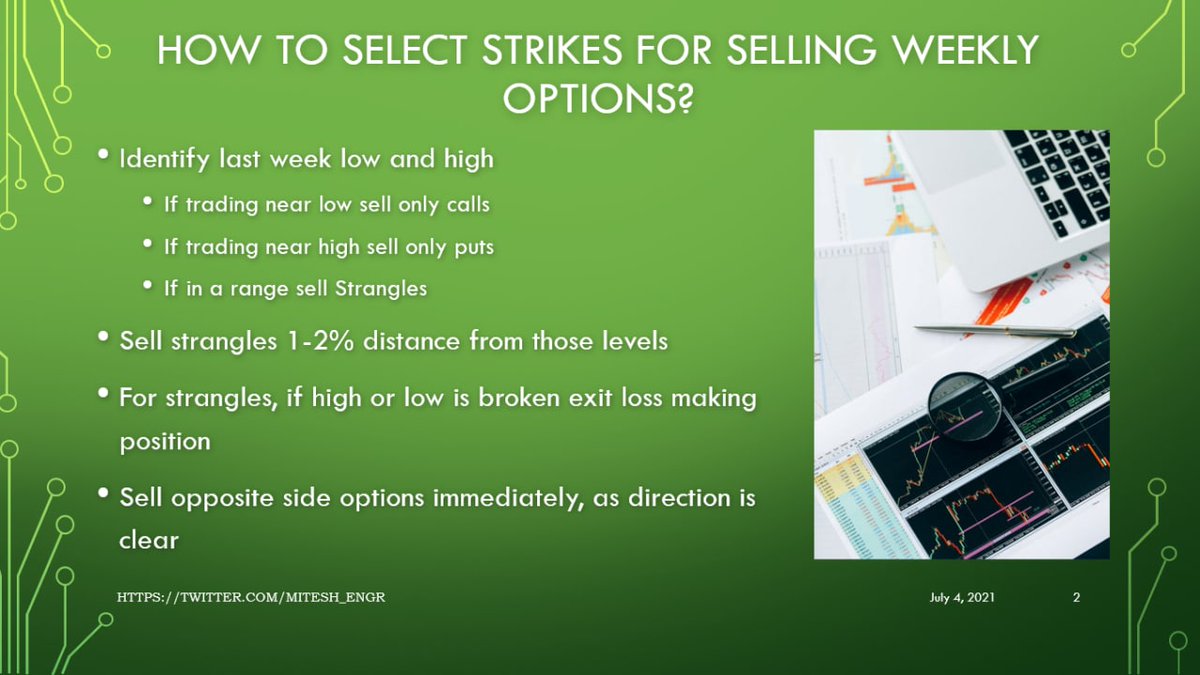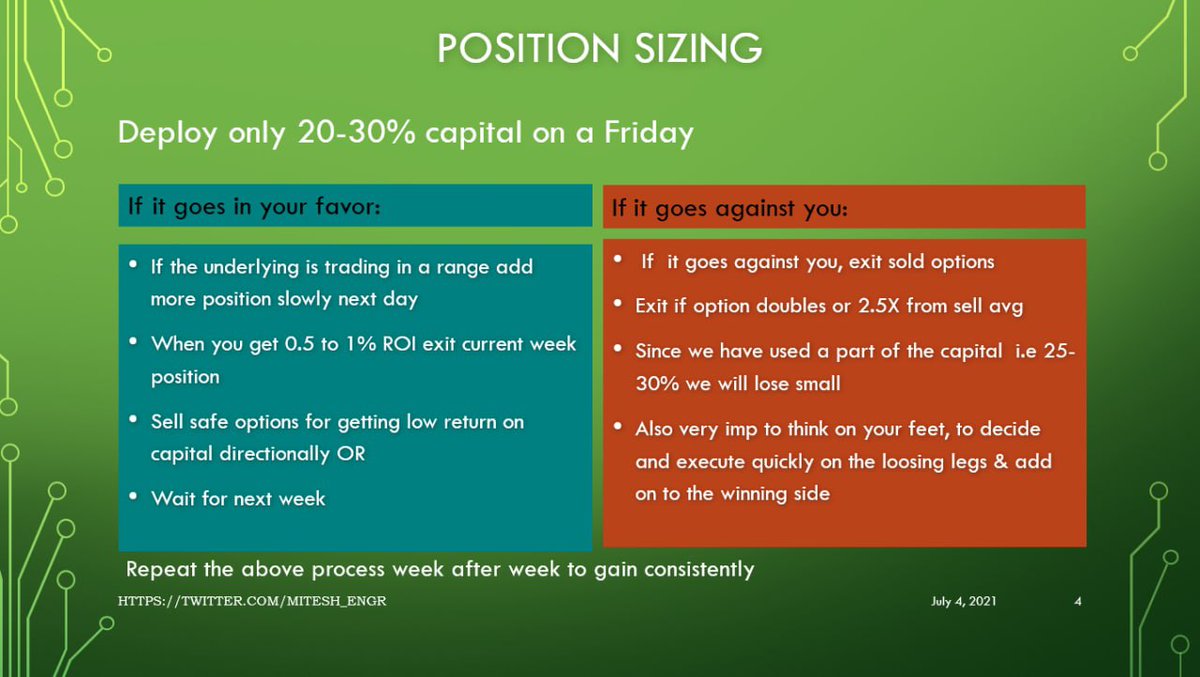2/
Publishing works on long schedules, which means that long-planned books can be overtaken by events...like covid.
2020 was tough for those of us with books in trail, especially nonfiction. But for a few lucky writers, covid imparted a terrible salience to their books.
1/
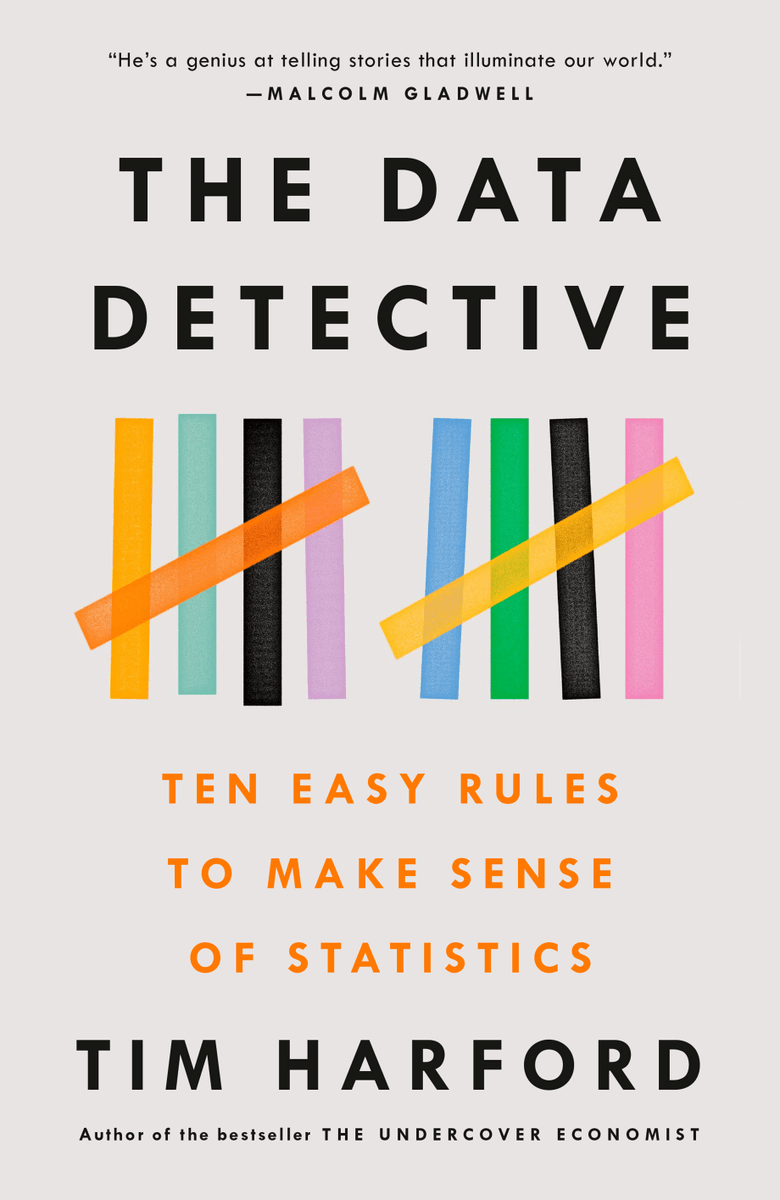
2/
https://t.co/09AcSoFsyv
3/
4/
https://t.co/lurIujpAHd
5/
Huff and his paymasters at Big Tobacco created the scientific doubt playbook - a system that weaponizes critical thinking by demonizing inconvenient science as junk science.
6/
7/
8/
9/
Enter THE DATA DETECTIVE: a book about statistical best practice AND malpractice.
10/
I. Vaccinate yourself against motivated reasoning by examining your emotional reaction to any statistical finding; use this check-in to adjust your intuition about whether a claim is true or false
11/
12/
13/
14/
15/
16/
17/
18/
19/
20/
21/
More from Cory Doctorow #BLM
Happy Birthday to the queen of the scream queens, Barbara Steele! https://t.co/qnhQvROGVa

Happy Birthday to the queen of the scream queens, Barbara Steele! https://t.co/qnhQvROGVa

Happy Birthday to the queen of the scream queens, Barbara Steele! https://t.co/qnhQvROGVa

Happy Birthday to the queen of the scream queens, Barbara Steele! https://t.co/qnhQvROGVa

Happy Birthday to the queen of the scream queens, Barbara Steele! https://t.co/qnhQvROGVa
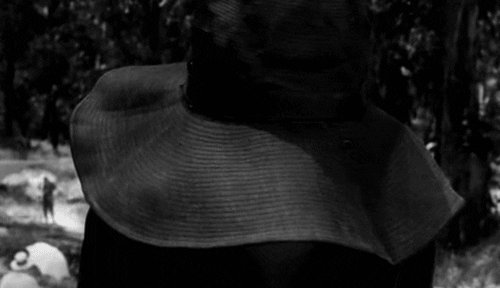

Happy Birthday to the queen of the scream queens, Barbara Steele! https://t.co/qnhQvROGVa

Happy Birthday to the queen of the scream queens, Barbara Steele! https://t.co/qnhQvROGVa

Happy Birthday to the queen of the scream queens, Barbara Steele! https://t.co/qnhQvROGVa

Happy Birthday to the queen of the scream queens, Barbara Steele! https://t.co/qnhQvROGVa








